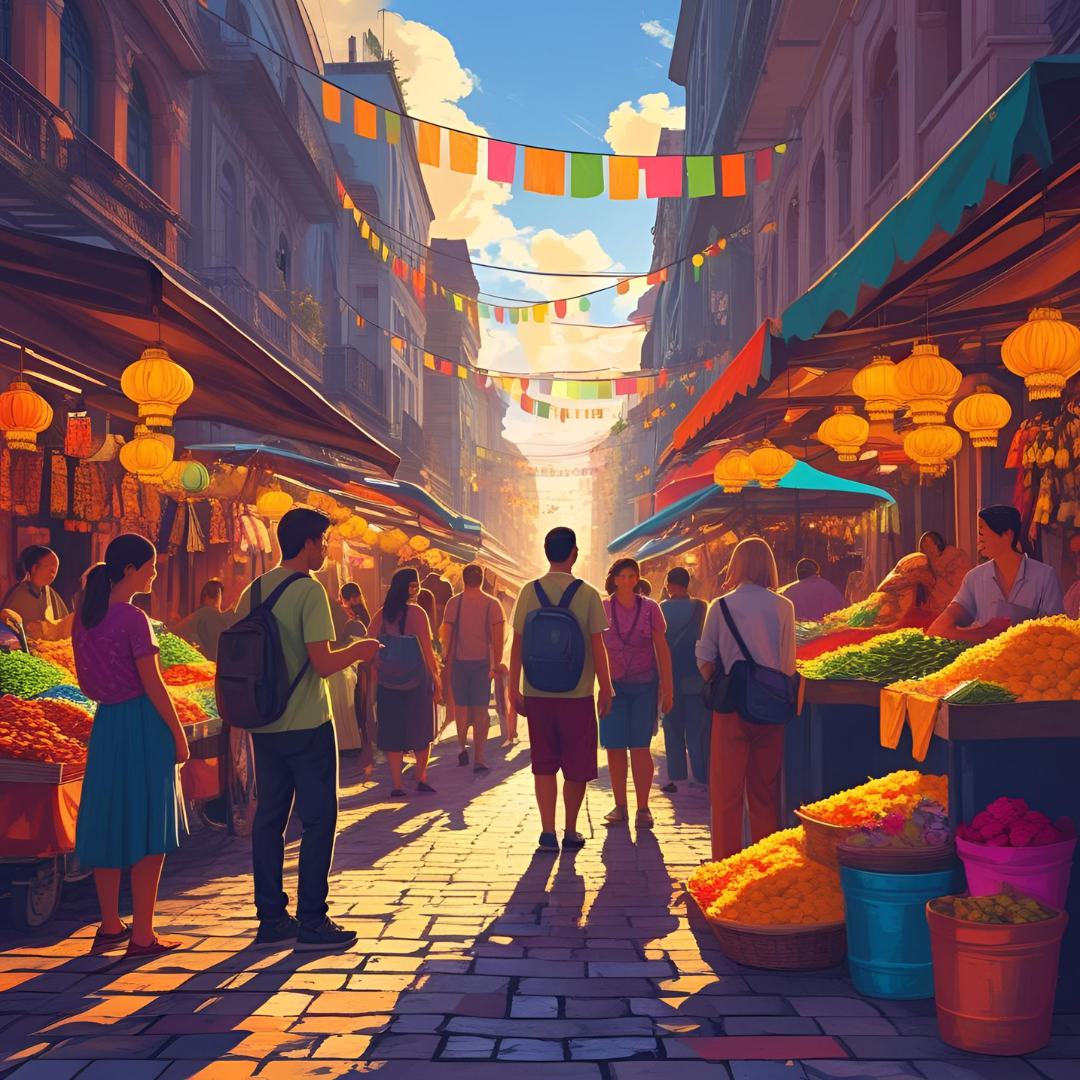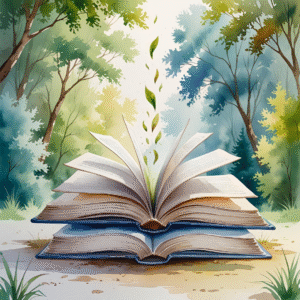Table of Contents
ToggleIntroduction
Culture and lifestyle are the cornerstones of human identity. They shape the way individuals think, behave, communicate, and interact with the world around them. Culture refers to the shared values, beliefs, traditions, and practices of a group of people, while lifestyle represents the way individuals choose to live, including their habits, preferences, and daily routines. Together, culture and lifestyle influence everything from food, clothing, and language to art, education, and social relationships.
In a rapidly globalizing world, where boundaries are becoming increasingly blurred, culture and lifestyle are undergoing constant evolution. Yet, they remain deeply rooted in history, heritage, and social contexts. This article explores the concept of culture and lifestyle in depth, tracing their origins, importance, variations across the world, and the ways in which modernization, technology, and globalization continue to reshape them.
Understanding Culture
Culture is more than just traditions or rituals—it is a way of life passed down from one generation to another. It provides a sense of identity and belonging. Anthropologists describe culture as the “software of the mind,” guiding human behavior and societal organization.
Elements of Culture
Language – The foundation of communication and a vital cultural marker.
Religion and Beliefs – Systems that shape morality, festivals, and worldviews.
Traditions and Customs – Rituals, ceremonies, and celebrations that connect communities.
Art, Music, and Literature – Creative expressions that reflect cultural values.
Food and Cuisine – Dishes, cooking styles, and eating habits unique to societies.
Clothing and Fashion – Traditional attire and modern adaptations that represent identity.
Social Norms and Values – Codes of behavior, etiquette, and ethics guiding social interactions.
Culture acts as a mirror of society, revealing its values and worldview. For instance, Indian culture emphasizes family and spirituality, Japanese culture focuses on harmony and discipline, and American culture highlights individualism and freedom.
Understanding Lifestyle
Lifestyle refers to the personal and collective choices individuals make in daily life. It encompasses health habits, career paths, leisure activities, diets, fashion, and social interactions. While culture provides the framework, lifestyle reflects personal adaptation within that framework.
Components of Lifestyle
Health and Wellness – Exercise, diet, medical practices, and attitudes toward fitness.
Work and Career – Professional goals, work-life balance, and job choices.
Education and Learning – Access to knowledge and its role in personal growth.
Recreation and Leisure – Sports, hobbies, and entertainment activities.
Consumption Patterns – Shopping habits, food preferences, and brand choices.
Technology Use – Internet, social media, and digital integration into daily life.
Environmental Choices – Sustainability, eco-friendly living, and urban-rural preferences.
Lifestyle is often shaped by economic status, social background, and cultural expectations. For example, a minimalist lifestyle in Scandinavian countries emphasizes simplicity and eco-consciousness, while urban lifestyles in metropolitan cities like New York or Mumbai focus on fast-paced routines, fashion, and career ambitions.
The Interconnection Between Culture and Lifestyle
Culture and lifestyle are not separate entities; they continuously influence each other. Cultural norms guide lifestyle choices, while lifestyle adaptations can reshape cultural practices over time.
Food Example: Indian vegetarian culture influences vegetarian lifestyles, while globalization introduces fusion cuisines.
Fashion Example: Traditional Japanese kimono culture continues to influence modern fashion trends worldwide.
Technology Example: Western digital culture has inspired online lifestyles globally, yet regional adaptations exist (e.g., China’s WeChat ecosystem).
Thus, culture provides the collective identity, while lifestyle adds individuality to it.
Variations in Culture and Lifestyle Across the World
Asian Culture and Lifestyle
Asian cultures often emphasize collectivism, family values, and respect for tradition. In countries like India, lifestyle revolves around extended families, religious practices, and diverse cuisines. In Japan, precision, discipline, and harmony dominate lifestyle choices.
Western Culture and Lifestyle
Western societies, particularly in Europe and North America, often promote individualism, freedom of choice, and innovation. Lifestyle tends to focus on career development, personal achievements, and leisure activities. Fashion, fast food, and pop culture are defining features.
African Culture and Lifestyle
Africa’s rich cultural heritage includes tribal traditions, music, dance, and storytelling. Community life is central, and lifestyles often revolve around agriculture, local crafts, and communal celebrations.
Middle Eastern Culture and Lifestyle
Strongly rooted in Islamic traditions, Middle Eastern cultures emphasize hospitality, family honor, and spirituality. Lifestyles vary between traditional desert life and modern urban settings in cities like Dubai or Riyadh.
Indigenous Cultures and Lifestyles
Indigenous cultures across the world, such as Native American, Aboriginal, or Amazonian tribes, follow lifestyles closely tied to nature, sustainability, and ancestral traditions. Their practices highlight harmony between human life and the environment.
The Impact of Globalization on Culture and Lifestyle
Globalization has blurred cultural boundaries and created a more interconnected world. While this has promoted diversity and cultural exchange, it has also raised concerns about cultural homogenization.
Positive Impacts
Cultural Exchange – Fusion cuisines, international music, and film industries.
Technology and Communication – Global lifestyles connected through the internet.
Travel and Tourism – Exposure to different cultures and traditions.
Education and Careers – Access to global knowledge and job opportunities.
Negative Impacts
Loss of Traditional Practices – Younger generations drifting from cultural roots.
Cultural Homogenization – Fast-food chains and global fashion dominating local markets.
Identity Crisis – Balancing global trends with traditional values.
Consumerism – Rise of materialistic lifestyles influenced by Western models.
Modern Trends in Lifestyle and Culture
Digital Lifestyle – Online shopping, social media culture, and remote work.
Sustainable Living – Eco-friendly practices, renewable energy, and minimalism.
Health and Fitness Culture – Yoga, meditation, gyms, and organic diets gaining global attention.
Global Pop Culture – K-pop, Hollywood, Bollywood, anime, and esports shaping entertainment.
Hybrid Traditions – Blending of traditional weddings, clothing, and cuisines with modern influences.
Work-Life Balance – Remote work and flexible careers reshaping family lifestyles.
The Role of Culture and Lifestyle in Society
Building Identity – Provides individuals with a sense of belonging and uniqueness.
Strengthening Communities – Shared traditions foster unity and collective growth.
Driving Innovation – Cultural diversity promotes creativity and new ideas.
Promoting Tolerance – Understanding cultural differences reduces prejudice.
Preserving Heritage – Lifestyle practices ensure traditions are passed to future generations.
Challenges in Preserving Culture and Lifestyle
Urbanization – Migration to cities reduces traditional practices.
Technology Overuse – Digital lifestyles reducing physical interactions.
Global Consumerism – Western brands overshadowing local crafts.
Generational Gaps – Youth preferring modern lifestyles over ancestral traditions.
Cultural Appropriation – Misuse of cultural elements by outsiders.
The Future of Culture and Lifestyle
The future will likely witness a balance between tradition and modernity. Virtual reality, artificial intelligence, and biotechnology will influence lifestyles, while cultural preservation movements will safeguard traditions. Global societies may shift towards glocalization—adopting global influences while maintaining local identities.
Cultural festivals, language revival programs, and eco-conscious living will play vital roles in ensuring that heritage and modern lifestyles coexist.
Conclusion
Culture and lifestyle are the soul of human civilization. They embody history, values, creativity, and individuality. While culture provides the roots, lifestyle offers the branches through which individuals express themselves. Together, they shape societies, guide human interaction, and foster global diversity.
In the modern era, the challenge lies in maintaining cultural heritage while embracing progressive lifestyles that suit evolving needs. By respecting traditions, promoting inclusivity, and adopting sustainable living, humanity can create a harmonious balance between culture and lifestyle—ensuring a world that values both its past and its future.



